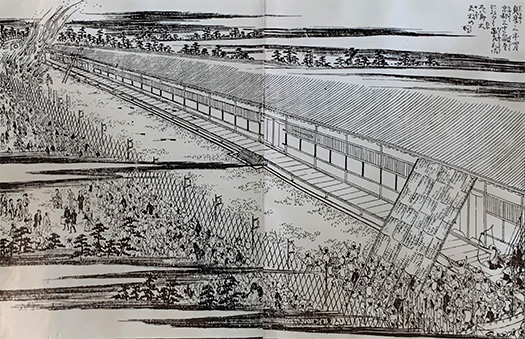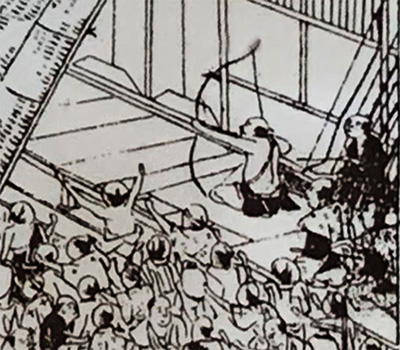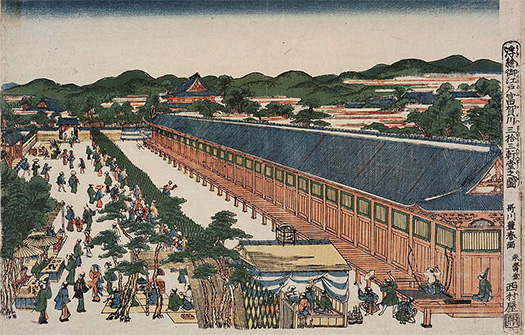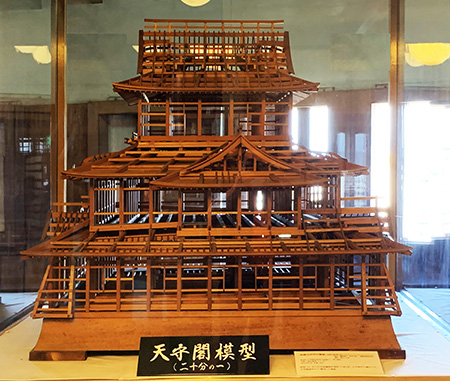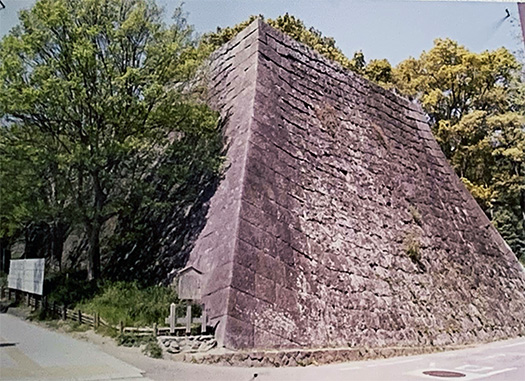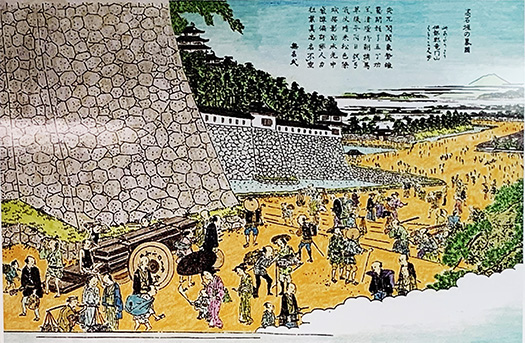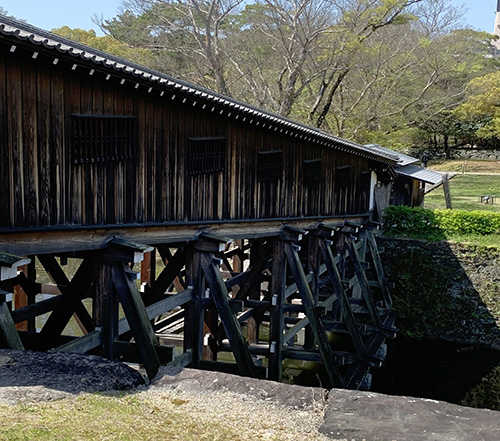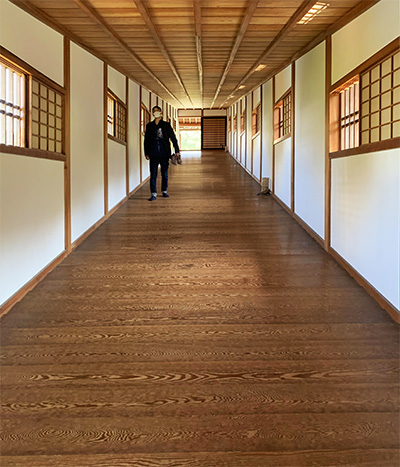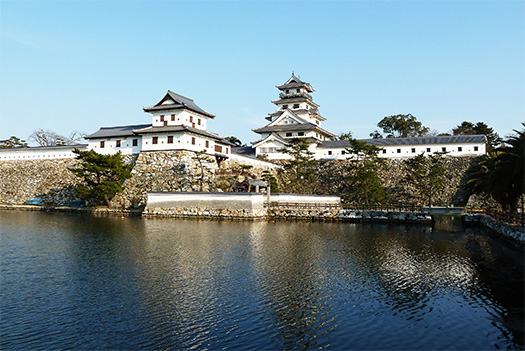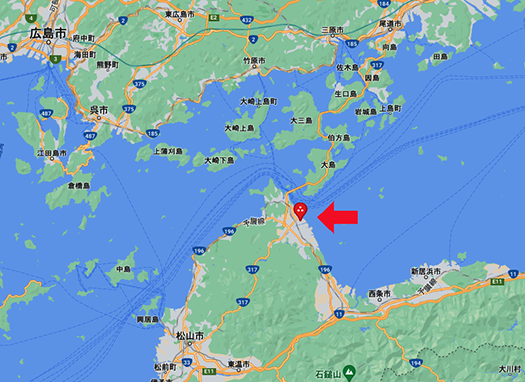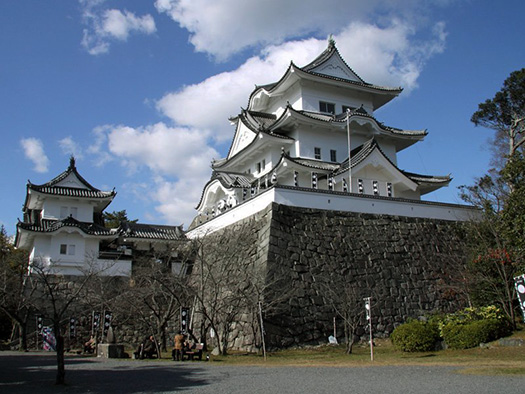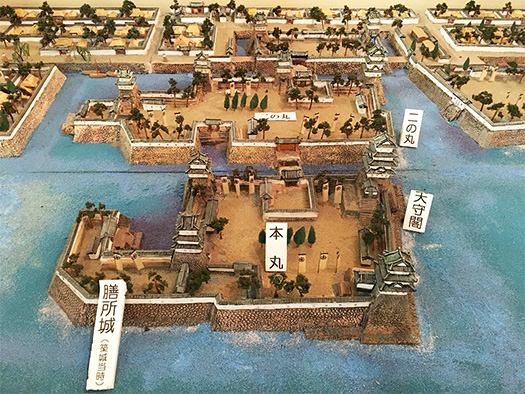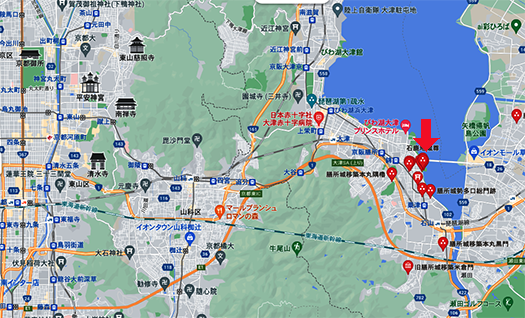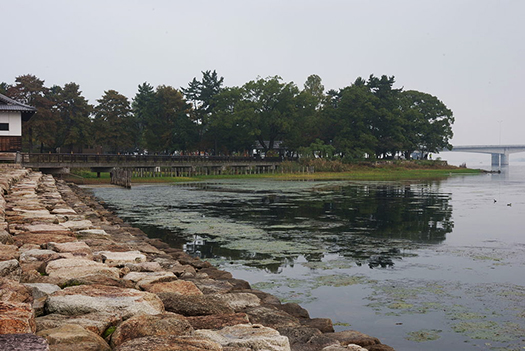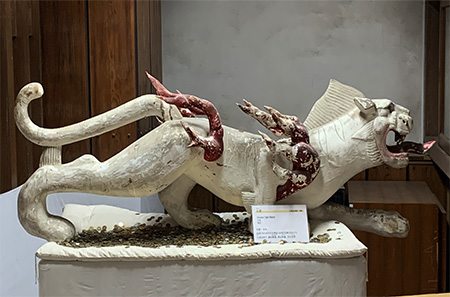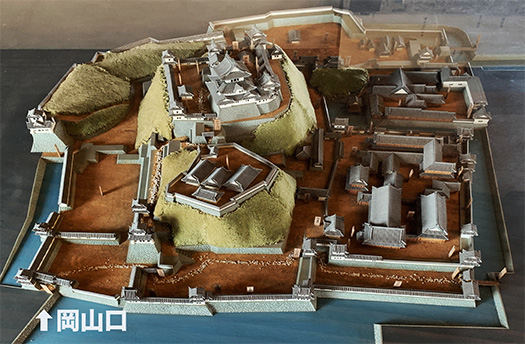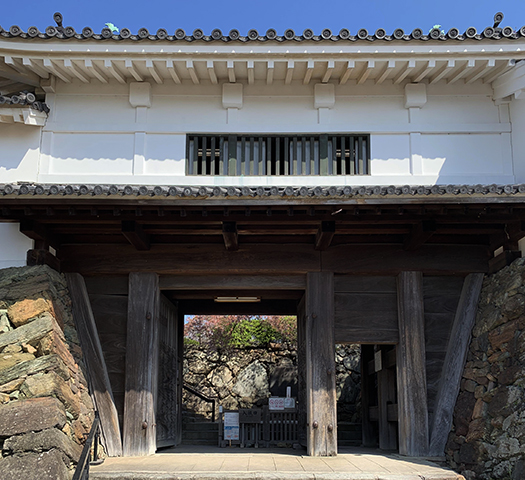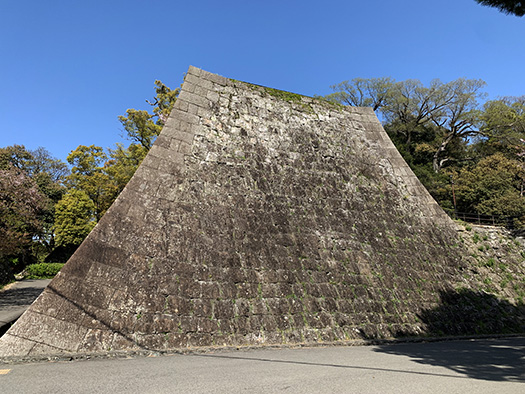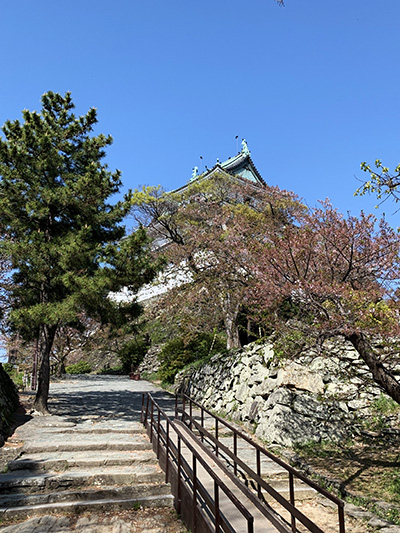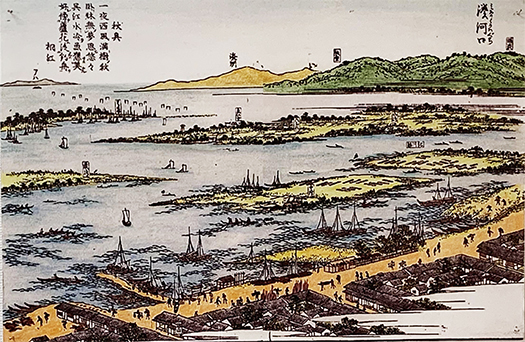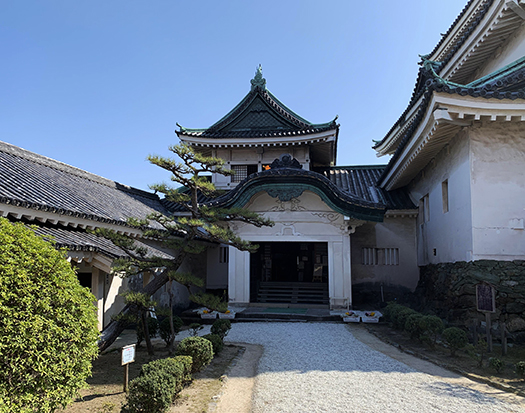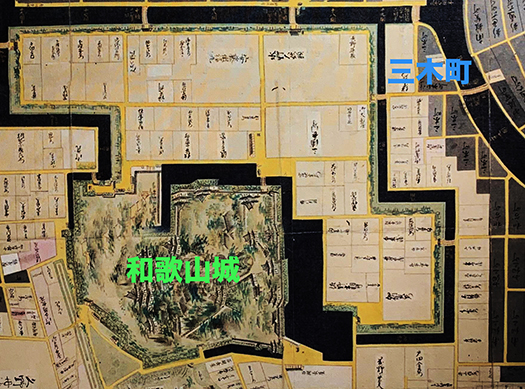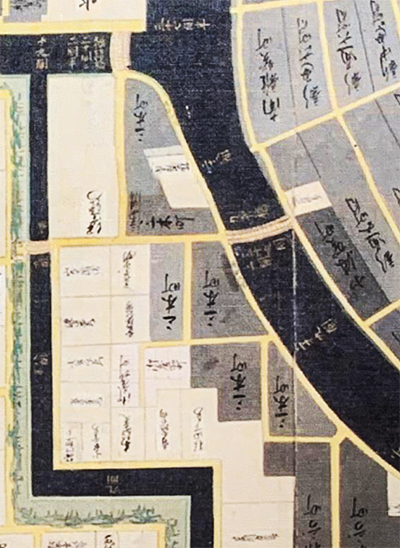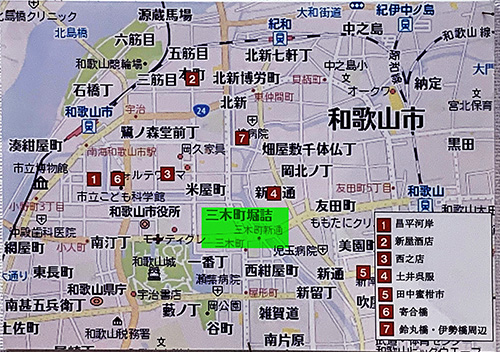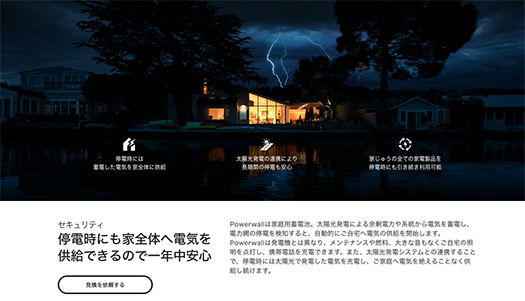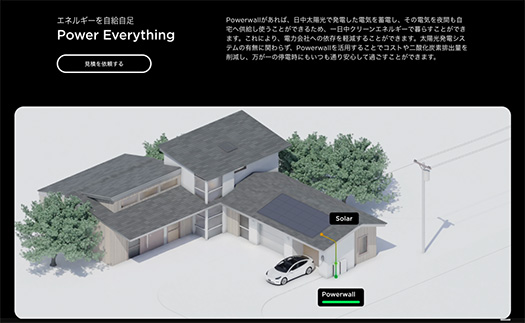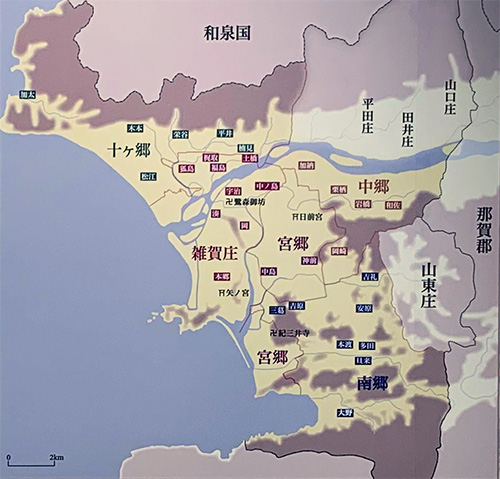

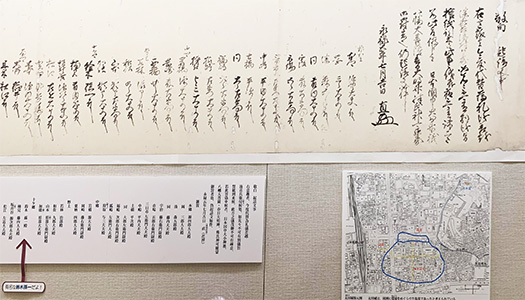
雑賀衆というのは紀ノ川下流域一帯で中世後期に形成された地縁共同体。
かれらは紀伊水道を経て列島各地と盛んに交易活動を行った。
紀ノ川は奈良県から和歌山県へと流れ紀伊水道に注ぐ一級水系の本流。
古都の奈良から紀伊水道を貫く水運の大動脈を形成した。
こうした民人にとって、特定の支配者というのはウザい存在だっただろう。
移動交通を本然とするかれらにとっては土地に縛ろうとする権力は忌避の対象。
自由な交易こそが尊重されるべきであり、絶対権力は認めなかった。
中世の交易都市・堺と同様の気風を持ち続けてきた。
高野山や根来寺の存在というのもこういった気風に与っていただろう。
大航海時代によってスペイン・ポルトガルとの交易が盛んになって
雑賀衆は鉄砲の大量所有によって列島各地の戦国武将と「傭兵」契約活動を行う。
銭金でのドライな契約であり、特定の武将との関係は持たなかった。
織田信長がはじめて義父・斎藤道三と対面するとき大量の鉄砲行列を見せた故事は
この雑賀衆が一時的な「傭兵契約」で動員されたとされる。
織田氏とはこのようにドライな関係が続き、その後の本願寺大阪合戦では
本願寺側と契約にいたって天下軍としての織田方を大いに苦しめた。
本願寺の顕如からの文書なども確認されている。
信長はこの雑賀を攻撃していったんは雑賀衆は降伏するが
すぐに約定を反古にしてその後も本願寺への支援を続けた。
その後、本願寺は大阪を立ち退いて織田と和睦したあと雑賀に逃れるけれど、
だからといって、宗教的に強く一向宗門徒勢力とも思えない。
そういった宗教勢力に対してもあくまでも「契約的協力」と思える。
同時代の播州英賀の場合は、英賀御堂という本願寺の寺院を招致するほどだったのに
本願寺と雑賀の場合にはそうは思われないのだ。
この探訪記事のきっかけの和歌山城近くの「三木町」はまさに雑賀勢力の中枢にある。
中世での宗教勢力と経済勢力との微妙な距離感、関係性を偲ばせる。
推測としては英賀の勢力としては雑賀を取り込む意味で
交易関係を深めるために水運交易の中枢に拠点を構えた消息がみえる。
本願寺−雑賀衆ー播州英賀勢力の間の複雑な外交状況。
雑賀としては「つかず離れず」で経済つながりだけ、が基本外交路線だったのだろう。
3番目の写真は「雑賀孫市」の署名もみえる雑賀衆の「起請文」。
個人的にはこの雑賀衆に強く惹かれるものがある。
日本人は農的な価値感と縄文以来の自然崇拝が優勢で、個人主義的な傾向は
やや薄いのではないかと思われる中で、雑賀衆の自由な動向は
いかにも颯爽とした自由人の生き様を象徴しているように感じる。
やがて秀吉政権という強力な武権の成立ですりつぶされる歴史になるけれど、
かれらのような個性が日本人のDNAのなかにあることが面白い(笑)。
English version⬇
Saika Shu” that Shook the Warring States Period – Visit to Nara and Wakayama – 31
The Saika Shu fought with a clear “right to freedom” in Japan, where the DNA of the relatively submissive type is dominant. I feel solidarity with this kind of spirit. …
The Saika Shu were a geographical community formed in the lower reaches of the Kino River in the late Middle Ages.
They actively traded with various parts of the archipelago via the Kii Channel.
The Kino River is the main stream of a first-class water system that flows from Nara Prefecture to Wakayama Prefecture and empties into the Kii Channel.
It formed a major artery of water transportation from the ancient capital Nara to the Kii Waterway.
For these people, a particular ruler must have been an annoying presence.
For these people, who by nature are mobile, any power that tries to tie them to the land is an anathema.
Free trade was to be respected, and absolute power was not acceptable.
They have maintained the same spirit as Sakai, a trading city in the Middle Ages.
The existence of Koyasan and Negoro-ji temples probably contributed to this atmosphere.
The Age of Discovery brought about a flourishing trade with Spain and Portugal, and the Zoka Shu began to produce large quantities of guns.
The Saika Shu, owning a large number of guns, contracted with warlords in various parts of the archipelago as “mercenaries”.
It was a dry contract with money and did not have a relationship with a specific warlord.
The story of Oda Nobunaga’s first meeting with his father-in-law, Saito Dosan, in which he showed a large number of guns in a procession is well known.
It is said that the Zoga were mobilized under a temporary “mercenary contract.
The Saika Shu were temporarily mobilized as “mercenaries” under a “mercenary contract.
The Saika Shu were contracted to the Honganji side, which greatly distressed the Oda side as a military force under heaven.
Documents from Kennyo of Honganji have been confirmed.
Nobunaga attacked the Saika Shu, and the Saika Shu surrendered for a time.
However, the Saika Shu quickly reneged on their agreement and continued to support Hongan-ji.
After that, Honganji evacuated Osaka, made peace with Oda, and fled to Saika Shu.
However, this does not mean that he was a strong religious leader of the Ikkyu sect.
It seems to be a “contractual cooperation” against such religious forces.
In the case of Banshu Eiga of the same period, they even invited a temple of Honganji called Eiga Godo.
However, this does not seem to be the case with Honganji and Zoga.
Miki-machi” near Wakayama Castle, which inspired this exploratory article, is exactly at the center of the Saika Shu power.
It reminds us of the delicate distance and relationship between religious and economic forces in the Middle Ages.
It is speculated that the Eiga power was trying to bring the Zouga into their fold.
The Eiga’s power may have been based in the center of water transportation in order to deepen their trading relationship with the Saika Shu.
The complicated diplomatic situation between Honganji, Zoga, and Banshu Eiga forces.
The Saika Shu’s basic diplomatic line was probably to “stay close” and only have economic ties.
The third photo is a “letter of appointment” of the Zoga Shu, which also shows the signature of “Magoichi Zoga.
Personally, I am strongly attracted to this Saika Shu group.
Japanese people have a predominant sense of agricultural values and nature worship since the Jomon period.
The Saika Shu’s free movement is indeed a dashing and free spirit.
The free movement of the Saika Shu is symbolic of the way of life of a dashing free spirit.
Although the history of the Saika Shu will eventually be erased by the establishment of the powerful military power of Hideyoshi’s regime, I believe that the Saika Shu were a unique group of people who were able to create their own unique style of life.
It is interesting to know that such individuality exists in the DNA of the Japanese people (laugh).
Posted on 5月 19th, 2022 by 三木 奎吾
Filed under: 日本社会・文化研究, 歴史探訪 | No Comments »


